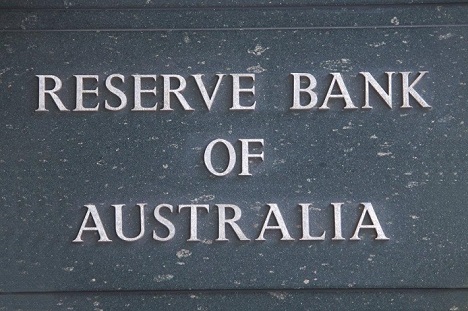RBA sees potential for more rate cuts

The new Reserve Bank of Australia governor Philip Lowe says the RBA might cut rates again going from the record low of 1.5 per cent to 1.25 per cent.
It depends on a number of factors, he said.
“That’s possible, it’s going to depend on a whole range of factors, like what happens overseas, what the next inflation data look like, how the labour market’s performing, how the housing market’s performing,” Dr Lowe told the House of Representatives Standing Committee on Economics yesterday.
“The market pricing has some probability — 50 per cent probability of a further cut that’s possible, it’s going to depend on a whole range of factors”
“So certainly there’s a scenario where rates would fall again, there are scenarios where they wouldn’t need to fall again.”
He said the cash rate, now sitting at a record low 1.5 per cent after two 25 basis point cuts this year, was having an impact on the economy, suggesting the RBA might well cut rates again.
“Our judgment is that this easing in monetary policy is supporting jobs and economic activity in Australia, and thus improving the prospects for sustainable growth and inflation outcomes consistent with the medium-term target,” Dr Lowe said.
“Looking forward, we expect the economy to continue to be supported by low interest rates and the depreciation of the exchange rate since early 2013.”
It is the first time Lowe has appeared in public since becoming RBA governor on Sunday when he replaced Glenn Stevens.
He also had a view about poor behaviour by banks and saw how they could restore their reputations.
“There have been too many examples of poor outcomes, particularly in the wealth management and insurance industries. That is disappointing to us all,” he said.
He said bankers needed to get back to their sense of mission.
“What I would like to see is, really, banking return to be seen as a strong service profession,’’ he said. “I do not know how far away from that we are. Banking, historically, has been a profession – a profession of stewardship, custodians, service, advisory, counsellor. It is not a marketing or product-distribution business; banking is a profession.”
He said the RBA did not have a contingency plan if Donald Trump were to become president.
“We don’t have a particular contingency plan for that event but we would be watching what’s happening in the markets and we have the capability to respond if there was an adverse response,” Dr Lowe said.
“The global financial system’s been strengthened a lot since the crisis, and what Brexit showed is that it has demonstrated ability to adjust.
“I would expect that that would happen in the US if there was a president Trump and we would all be watching and looking at how things evolve.”
He said the RBA was not overly concerned about a period when inflation would undershoot the central bank’s inflation target of 2 to 3 per cent. It wasn’t fixated on inflation.
“It is worth emphasising that ever since the adoption of the current framework, the Reserve Bank has been a proponent of what is known as flexible inflation targeting,” Dr Lowe said.
“We have not seen our job as always keeping inflation tightly in a narrow range. We have not been what some have called ‘inflation nutters’.
“We have had a more balanced perspective, recognising that some degree of variability in inflation from year to year is both inevitable and appropriate.”
Mr Lowe takes over the top job at the RBA after the central bank had cut interest rates twice since May to deal with weak inflation and a strong Australian dollar.
Key sectors like education, tourism and manufacturing are sensitive to currency movement but Mr Lowe said the recent rise in the dollar reflected stronger commodity prices and the yield on offer in Australia.
“A lower exchange rate would be helpful,” Lowe said. “But of course we all can’t have one.
He also said the RBA was “comfortable” with the housing market which had shown signs of moderating from last year’s boom.
“The rate at which established housing prices are increasing has moderated, although there remain some pockets where prices are increasing briskly,” Dr Lowe said.
“Credit growth and turnover in the housing market are also lower than they were a year ago. Under APRA’s guidance, lending standards have also been tightened. Overall, then, the situation is somewhat more comfortable than it was a year ago, although we continue to watch things carefully.”
He also warned that bank profits would fall if there was increased competition.
“I would expect that, over time, the return on equity in the Australian banking system would decline, because the rate of return on every other asset has declined,” he said. “It has happened internationally. It has happened on a lot of Australian assets.”
by Leon Gettler, September 23rd 2016







